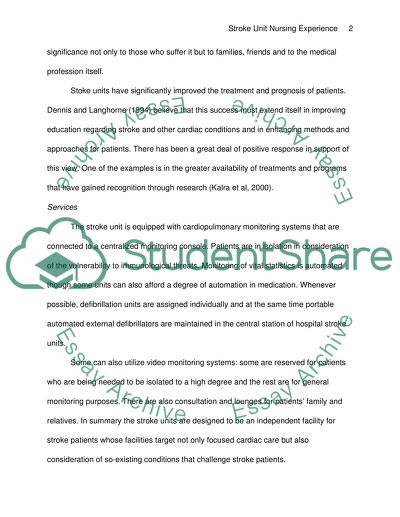Cite this document
(“Cardiac Care Assignment Example | Topics and Well Written Essays - 2000 words”, n.d.)
Cardiac Care Assignment Example | Topics and Well Written Essays - 2000 words. Retrieved from https://studentshare.org/health-sciences-medicine/1528350-cardiac-care
Cardiac Care Assignment Example | Topics and Well Written Essays - 2000 words. Retrieved from https://studentshare.org/health-sciences-medicine/1528350-cardiac-care
(Cardiac Care Assignment Example | Topics and Well Written Essays - 2000 Words)
Cardiac Care Assignment Example | Topics and Well Written Essays - 2000 Words. https://studentshare.org/health-sciences-medicine/1528350-cardiac-care.
Cardiac Care Assignment Example | Topics and Well Written Essays - 2000 Words. https://studentshare.org/health-sciences-medicine/1528350-cardiac-care.
“Cardiac Care Assignment Example | Topics and Well Written Essays - 2000 Words”, n.d. https://studentshare.org/health-sciences-medicine/1528350-cardiac-care.


